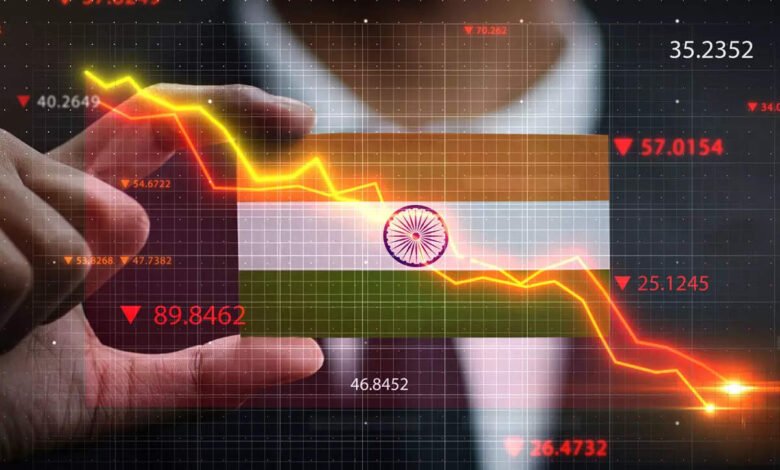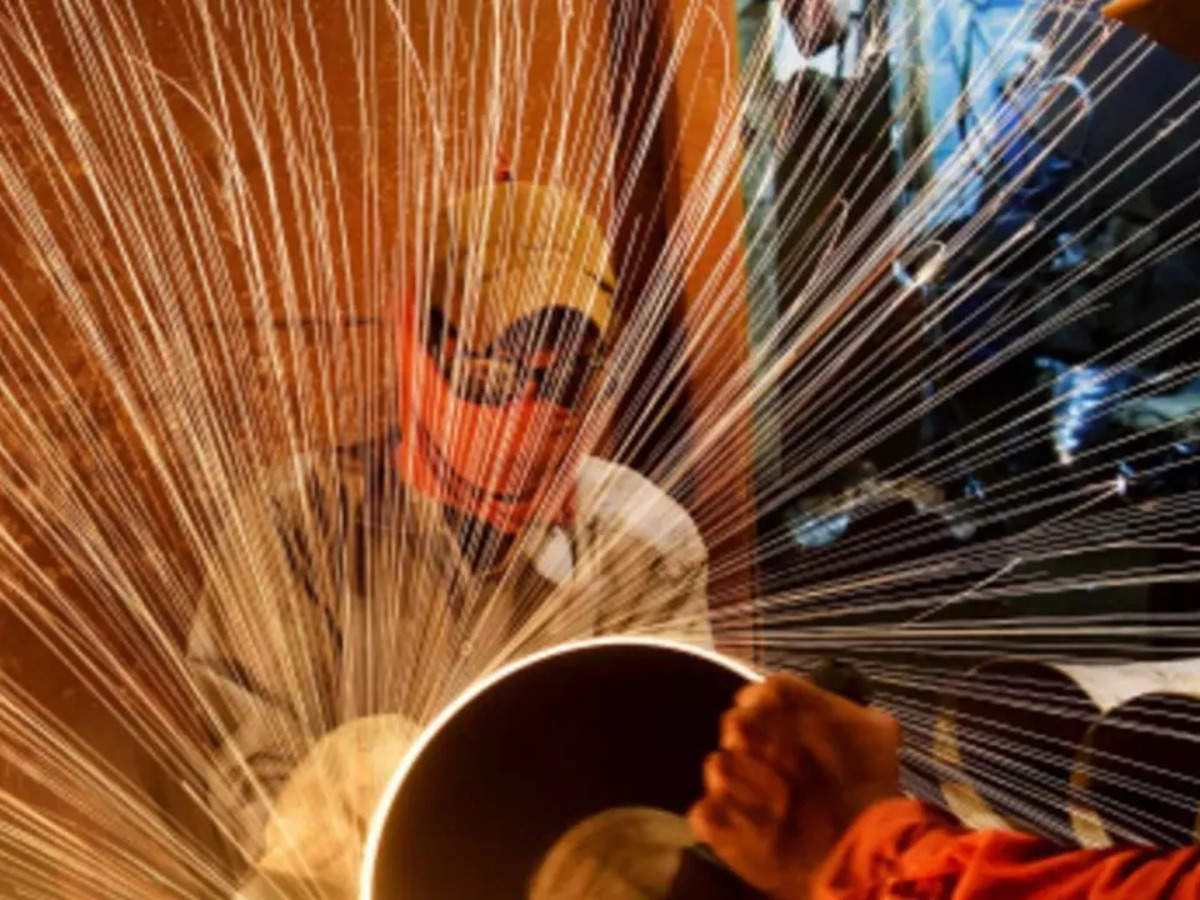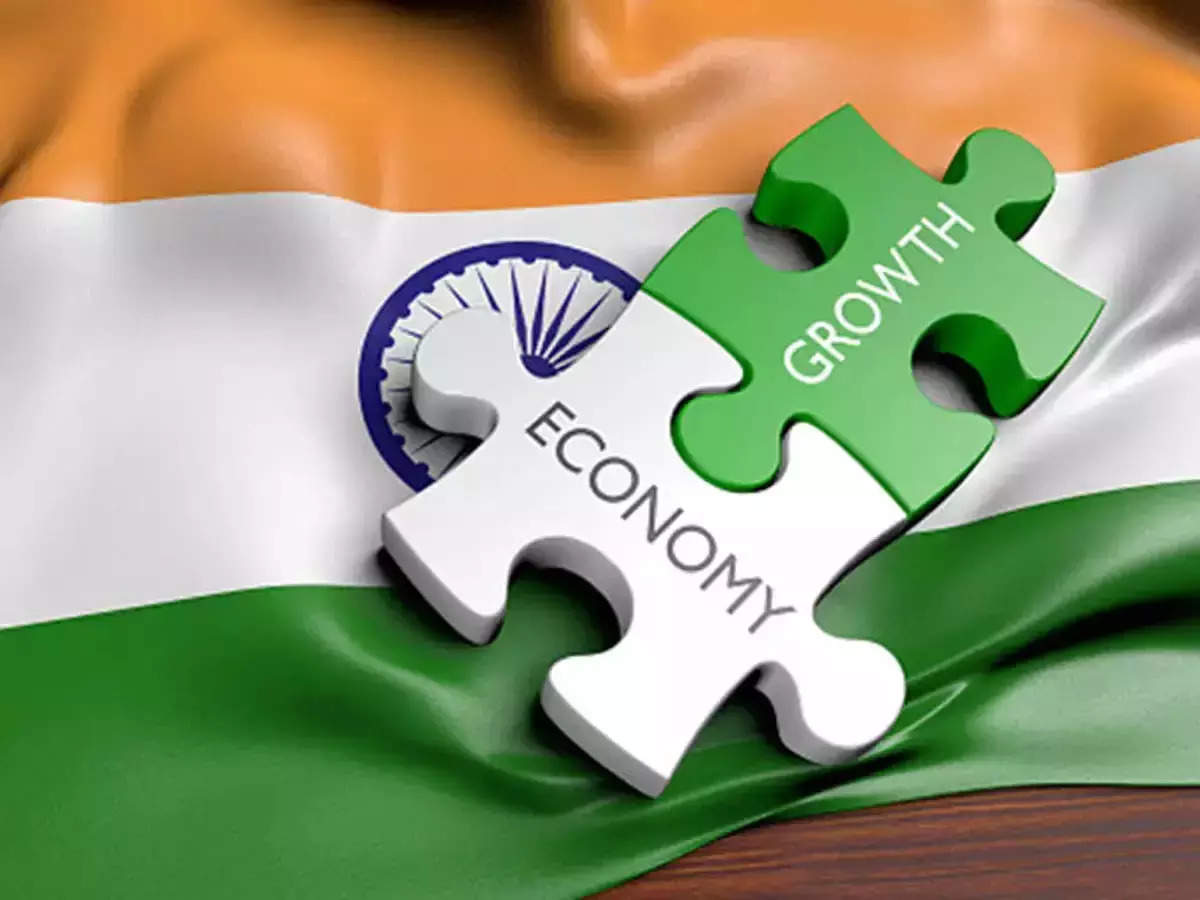According to economists, India’s GDP growth would be low and its inflation will be high during the next quarters.

According to a panel of experts at the India Today Conclave Mumbai 2022 on Saturday, India’s GDP growth is anticipated to slow down over the next quarters, along with the country’s already high inflation rate. The following several quarters would be challenging, according to Pranjul Bhandari, Managing Director, Chief India Economist, and Asean Economist at HSBC. “We have done well in the previous two quarters steering the post-pandemic growth,” he added. She said that exports, which were a major factor in India’s post-pandemic development, are now expected to fall, which will harm our GDP.
Pent-up demand is the second consideration. We were on a spending binge after the lockdown. However, because of inflation, spending will halt and the repressed demand will exhaust itself, slowing down our economic expansion. Although a partial recession is probable during the coming year, we are not foreseeing a coordinated worldwide downturn, Bhandari added.
Mahesh Vyas, Managing Director and CEO of the Centre for Monitoring Indian Economy Pvt Ltd, commented on India’s inflation by saying: “It’s improbable that the inflation would fall down to even 6%. As a result, 6% to 7% inflation is what to anticipate. Although it is doubtful that they will rise much more, the price of commodities is not entirely predictable.
I don’t anticipate a jump in inflation, but I also don’t anticipate a significant decline. Credit Suisse’s Neelkanth Mishra, co-head of Asia Pacific Strategy and India Equity Strategist, concurred, predicting that inflation will be higher than the goal rate of 4% but lower than the present rate of 7.5%.
He stated that India’s development prospects were “far higher than the consensus.” Future growth should have an adjusted base and be at least 7%. Mishra stated the following regarding the current state of the international market: “Markets currently have zero tolerance for mistakes as the globe has never experienced such a high degree of inflation. So there is a significant chance of accidents.
Abheek Barua, the executive vice president and chief economist of HDFC Bank, stated: “Despite the government’s best efforts, the (post-pandemic) recovery is uneven, and inflation is eroding people’s disposable earnings. The recovery may not be long-lasting if the government doesn’t deal with these issues thoroughly. He said, “On the external side, we have some pressure areas, such as the significant current account deficit. According to Barua, policymakers should be concerned since they no longer have the option of using central banks to inject additional funds into the economy to alleviate a crisis.
The upcoming quarters will go more slowly than what we have witnessed thus far, according to Vyas. India, however, has fared well despite the unrest. We’ve demonstrated that we can withstand shocks extremely well. “The upcoming two quarters will be modest. Large businesses, which are the main forces behind our expansion, have performed extremely well with profitable operations, he continued.
Contrary to the West, Indians would be most negatively impacted by inflation in the sectors of food and gasoline, according to Ajit Ranade, Vice-Chancellor of the Gokhale Institute of Politics & Economics in Pune. To lessen the damage, we must concentrate on these areas. The government’s food program is effective and should be expanded, despite the fact that it drives up inflation. He said that the government should review its policy regarding gasoline and diesel excise taxes.
Why the economic recovery in India might be hampered by recession clouds throughout the world
The International Monetary Fund (IMF), on October 11, announced what many had been fearing: that a significant portion of the world (the IMF puts it at one-third) will experience recession this year or the next. This prediction came a day after Russia escalated the war on Ukraine by raining missiles on its capital, Kyiv. In a blog post that accompanied the IMF’s most recent World Economic Outlook, economic adviser Pierre-Olivier Gourinchas warned that this year’s shocks would reopen economic wounds that had only partially healed after the epidemic.
He predicted that the three largest economies—the US, the EU, and China—would remain stagnant. According to Gourinchas, “the worst is yet to come, and 2023 will seem like a recession to many people.” The entire world had anticipated this. Commodity prices were high even before Russia invaded Ukraine as economies recovered from the disastrous second wave of Covid, driving up demand for oil and other commodities.
This has increased inflation all throughout the world. Oil prices reached over $130 a barrel in the next weeks, which only served to exacerbate the crisis as a result of the war. After that, the prospect of a US recession brought a drop in commodity prices that benefited nations like India, which is largely dependent on foreign oil.
On the other hand, exports suffered as the fear of a worldwide downturn materialized. The threat is now serious since the IMF predicts two quarters of negative growth (or contraction) in a number of nations. India’s GDP growth for 2022–2023 has been reduced by the IMF from its July projection of 7.4% to 6.8%.
The IMF estimates India’s growth would be 6.1% in 2023–2024. The World Bank reduced its estimate of India’s growth rate for 2022–2023 from 7.5 percent to 6.5 percent on October 6 and issued a warning that the conflict in the Ukraine and the increase in interest rates by central banks around the world would have a negative impact on the country’s economic outlook.
“A complicated combination of geopolitical events, worryingly high inflation, and fast rate rises has left the global atmosphere gloomier,” according to experts like D.K. Joshi of Crisil. S&P Global has revised its projections for 2022 and 2023 for global growth to 3.1% and 2.4%, respectively. The IMF also reduced its estimate for world growth in 2023–2024 to 2.7%. The US is expected to increase by 1% in 2023–2024, Europe by 0.5%, Germany by 0.3%, Italy by 0.2%, the UK by 0.3%, and China by 4.4%, according to the IMF.
The slowdown will immediately have an effect on India’s exports, as was shown last month. In September 2022, India’s exports fell 3.5% to $32.62 billion from the same month in the previous year. Growth will undoubtedly be impacted by the Reserve Bank of India’s (RBI) consecutive rate increases to control inflation. The repo rate was increased by another 50 basis points by the RBI on September 30, bringing it to 5.9%. The rate at which the central bank loans to commercial banks is known as the repo rate.
However, inflation persists unabatedly in spite of the RBI’s efforts. Consumer pricing index (CPI) data for September showed that retail inflation was 7.4%. Inflation has already exceeded the RBI’s goal upper limit of 6% for nine months running, and it is not going to decrease any time soon. This is because, according to a research report by Bank of Baroda Chief Economist Madan Sabnavis, prices of several food goods are projected to increase in the upcoming months as a result of decreased kharif output.
Clothing and footwear inflation as well as gasoline and lighting inflation each exceeded 10%. Again, vegetables and spices drove up food and beverage inflation, which was high at 8.4%. Edible oil prices have barely increased. The inflation rate for manufactured products has risen beyond 7% once more; the rates for personal care and domestic goods were 7.7% and 6.8%, respectively. For the following two months, “we may anticipate CPI inflation to stay in the neighborhood of 6.7% to 7%,” Sabnavis added.
The Index of Industrial Production (IIP), however, fell by 0.8%. “There was general disappointment, with mining down 3.9% and manufacturing down 0.7%. This was despite the fact that coal production increased by 7.6% this month, according to the Bank of Baroda statement, which also noted that reduced crude oil production was a contributing factor.




